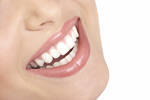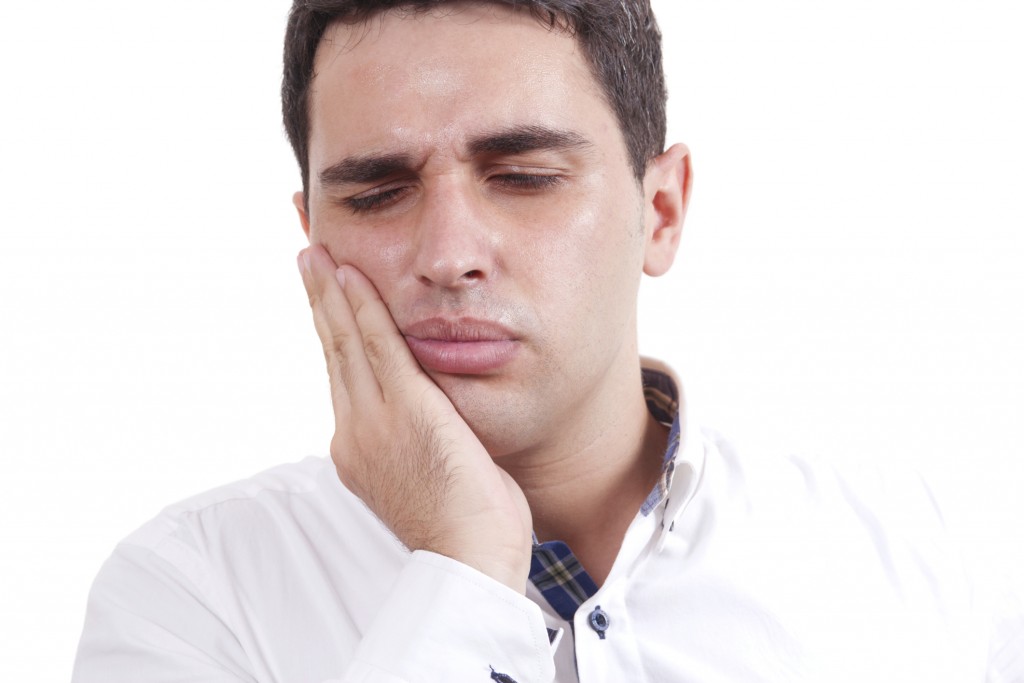We all try everything to have the whitest smile we can. Brushing, over-the-counter products and professional teeth whitening procedures are all options, but have you ever thought you could brighten your grin in your kitchen? According to the American Academy of Cosmetic Dentistry, certain foods naturally cleanse, brighten, and defend against bacteria that can harm your teeth and gums.
The following 10 foods were recommended by the academy for a healthy, brighter smile.
- Pineapples can help whiten teeth. Pineapples contain an enzyme called bromelain, which acts as a natural stain remover. Bromelain also helps break up plaque.
- Ginger can protect against periodontal disease, an inflammatory process that causes the loss of bone and supportive connective tissue in your mouth.
- Carrots contain vitamin A, which is needed for healthy tooth enamel. Eating them raw stimulates saliva, your mouth’s natural cleanser.
- Basil is a natural antibiotic that reduces bacteria in the mouth.
- Cheese is rich in protein, calcium, and phosphorus, all of which help reduce acid in your mouth.
- Sesame seeds help “scrub” away the plaque on your teeth. Chewing nuts can also provide this coarse, scrubbing action. Sesame seeds also contain bone and teeth-strengthening calcium.
- Shiitake mushrooms contain a compound called lentinan, which inhibits bacteria from growing in your mouth.
- Onions contain the sulfur compounds, thiosulfinates and thiosulfonates, which reduce bacteria that cause tooth decay. Eating them raw is a must as cooking will destroy these tooth-friendly compounds.
- Salmon not only provides calcium but also vitamin D, another nutrient needed for healthy bones and teeth.
- Broccoli contains iron, which helps form an acid-resistant film or barrier that can protect the enamel of your teeth.
Visit Dr. Kirtley today and schedule an appointment to maintain a healthy smile. Call 317-841-1111 or www.smilesbygeorge.com.
Dr. George Kirtley proudly serves Indianapolis and all surrounding areas.



 When we think about
When we think about  The end of October may feature one of America’s favorite holidays, but it sure isn’t your teeth’s. Yes, it’s
The end of October may feature one of America’s favorite holidays, but it sure isn’t your teeth’s. Yes, it’s  Okay so, maybe that isn’t exactly true. But it is safe to say, millions of Americans chew gum. Some use it for the fresh breath, some us it to curb food cravings, some just like to chew gum for the bubbles, but chewing gum is really good for your teeth. But all chewing gum isn’t the same.
Okay so, maybe that isn’t exactly true. But it is safe to say, millions of Americans chew gum. Some use it for the fresh breath, some us it to curb food cravings, some just like to chew gum for the bubbles, but chewing gum is really good for your teeth. But all chewing gum isn’t the same. When the seasons change from cold to hot, or hot to cold, our diets begin to change drastically. Soups and cocoa changes to salads and iced teas. Unfortunately, if we aren’t taking good care of our teeth, this can cause our teeth to give us a painful signal when we test its sensitivity. If you’ve been experiencing jarring sharp pain when you eat or drink hot or even cold foods, or even surprisingly during your oral care routine, you may have developed
When the seasons change from cold to hot, or hot to cold, our diets begin to change drastically. Soups and cocoa changes to salads and iced teas. Unfortunately, if we aren’t taking good care of our teeth, this can cause our teeth to give us a painful signal when we test its sensitivity. If you’ve been experiencing jarring sharp pain when you eat or drink hot or even cold foods, or even surprisingly during your oral care routine, you may have developed  Getting
Getting  As seen on
As seen on  When we have the chance to improve your smile with
When we have the chance to improve your smile with